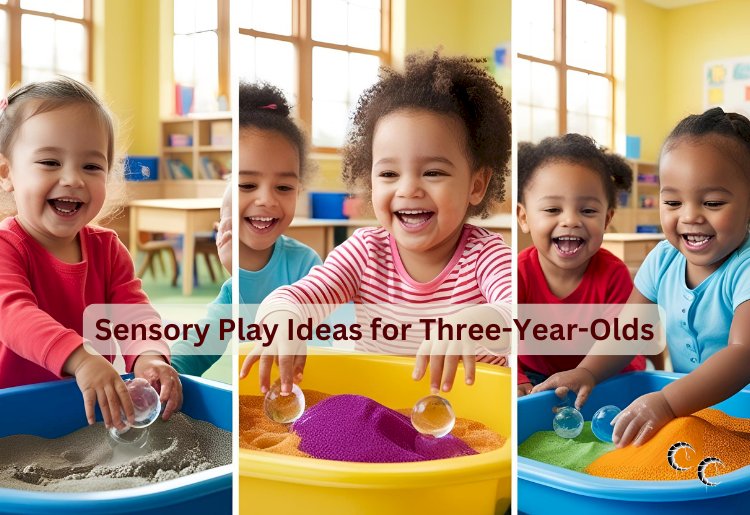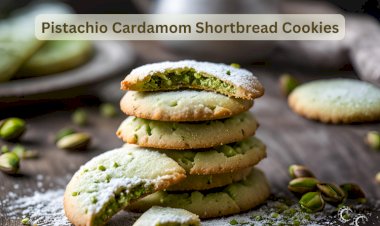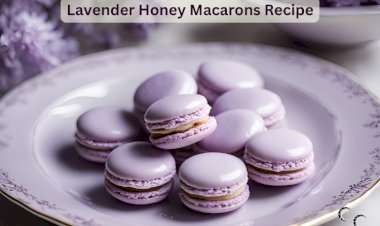Sensory Play Ideas for Three-Year-Olds

Sensory play is an essential part of early childhood development, engaging a child's senses—sight, touch, taste, smell, and hearing—to enhance learning, creativity, and motor skills. For three-year-olds, sensory activities also help in developing language, social skills, and focus. Here are some fun and engaging sensory play ideas tailored to three-year-olds.
1. DIY Sensory Bins
Sensory bins are a versatile and easy way to encourage exploration.
-
Materials: Fill a shallow bin with items like rice, dried beans, pasta, or kinetic sand. Add small toys, scoops, and containers for added fun.
-
Themes: Create themed bins, such as a "beach" bin with sand, shells, and toy sea creatures, or a "construction site" bin with gravel and miniature vehicles.
-
Benefits: Enhances fine motor skills and imaginative play.
2. Water Play
Water play is a favorite among toddlers and is easy to set up.
-
Ideas: Use a shallow tub filled with water. Add cups, funnels, sponges, and floating toys.
-
Enhancements: Add food coloring or dish soap for bubbles and colors. Freeze small toys in ice cubes and let them "rescue" them as the ice melts.
-
Benefits: Teaches basic science concepts like cause and effect.
3. Play Dough Creations
Play dough offers endless possibilities for sensory exploration.
-
Materials: Use store-bought or homemade play dough. Provide cookie cutters, rolling pins, and stamps.
-
Extensions: Add texture with glitter, beads, or dried pasta. Create play dough sculptures based on a theme like animals or food.
-
Benefits: Boosts creativity, hand strength, and coordination.
4. Nature Exploration
Introduce your child to the textures, smells, and sights of nature.
-
Activities: Create a nature scavenger hunt or a "mud kitchen" outdoors where they can mix soil, water, and leaves.
-
Collections: Have them collect leaves, pinecones, or rocks to sort by size, color, or texture.
-
Benefits: Encourages outdoor exploration and sensory integration.
5. Sensory Bottles
Sensory bottles are calming and visually engaging.
-
Materials: Use empty plastic bottles filled with water, glitter, beads, and food coloring. Secure the caps tightly.
-
Themes: Create "ocean waves" with blue water and small sea creature toys or "snow globes" with white glitter and small winter-themed items.
-
Benefits: Helps with self-regulation and focus.
6. Mess-Free Painting
For kids who love art but not the cleanup, mess-free painting is perfect.
-
Materials: Place blobs of paint inside a zip-top bag and seal it. Tape it to a window or table for kids to press, mix, and create patterns.
-
Variations: Add glitter or small sequins to the paint for more visual interest.
-
Benefits: Encourages creativity without the mess.
7. Edible Sensory Play
Safe and edible materials are perfect for curious three-year-olds.
-
Ideas: Create a whipped cream "cloud" for finger painting or a pudding "mud pit" for toy animals. Use cooked spaghetti for a squishy, colorful sensory experience.
-
Benefits: Provides safe sensory exploration for children who are still learning not to taste everything.
8. Sound Exploration
Introduce your child to the world of sounds and rhythms.
-
Activities: Make simple instruments like shakers (using rice in containers) or drums (using pots and pans). Explore sound with music-themed sensory bins containing bells, wooden blocks, and toy xylophones.
-
Benefits: Develops auditory discrimination and rhythm awareness.
9. Bubble Fun
Bubbles are a magical way to engage sight and touch.
-
Activities: Create a bubble station with bubble wands, or mix a homemade bubble solution. Let kids pop, chase, and explore bubbles.
-
Enhancements: Use a bubble machine for continuous play or make giant bubbles with DIY wands.
-
Benefits: Promotes physical activity and hand-eye coordination.
10. Themed Texture Boards
Introduce various textures with themed boards.
-
Materials: Use cardboard or foam boards to glue on fabric scraps, sandpaper, cotton balls, feathers, and other textured materials.
-
Themes: Create boards around "soft vs. rough" or "smooth vs. bumpy" textures.
-
Benefits: Develops tactile awareness and descriptive language.
Tips for Successful Sensory Play
-
Supervise Always: Stay close, especially with small objects or messy activities.
-
Rotate Activities: Keep things fresh by introducing new sensory experiences regularly.
-
Encourage Exploration: Let your child lead the play, as sensory play is about discovery and creativity.
Sensory play is more than fun—it’s an investment in your child’s development and a great way to bond. Whether exploring textures, sounds, or visuals, these activities are sure to captivate your three-year-old’s curiosity and imagination.


























